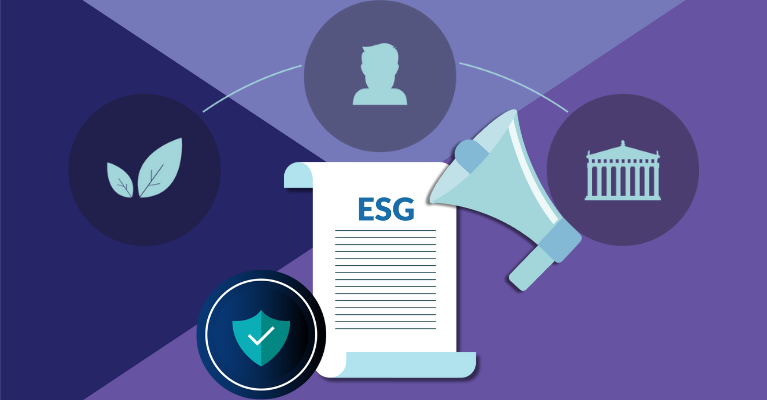In an era where sustainability and corporate responsibility are paramount, effective ESG (Environmental, Social, and Governance) communications are essential for businesses. Properly communicating your ESG initiatives not only builds trust with stakeholders but also enhances your brand’s reputation and drives long-term success. This guide will outline practical steps on how to effectively implement ESG communications in your organization.
Understanding ESG Communications
Before diving into the “how,” it’s important to grasp what ESG communications entail. It involves sharing information about your company’s practices and performance in relation to environmental sustainability, social responsibility, and governance. These communications help stakeholders understand your commitment to ethical practices and sustainability.
Steps to Effective ESG Communications
1. Define Your ESG Strategy
The first step in effective ESG communications is to clearly define your ESG strategy. This includes:
Setting Goals: Identify specific, measurable, achievable, relevant, and time-bound (SMART) goals related to environmental impact, social initiatives, and governance practices.
Assessing Current Practices: Analyze your existing practices to understand what is working and what needs improvement.
Engaging Stakeholders: Involve key stakeholders in the process to gather insights and ensure alignment with their expectations.
2. Develop a Communication Plan
Once your ESG strategy is defined, create a comprehensive communication plan that outlines:
Target Audiences: Identify the primary stakeholders, including investors, customers, employees, and the community.
Key Messages: Develop clear and concise messages that convey your ESG commitments and progress.
Communication Channels: Determine the best channels to reach your audience, such as social media, newsletters, press releases, and annual reports.
3. Be Transparent and Authentic
Transparency is crucial in ESG communications. Ensure that your messaging is honest and includes both successes and challenges. Authenticity builds trust, so avoid exaggerating your achievements. Instead, focus on sharing real stories about your ESG initiatives and their impacts.
4. Utilize Data and Metrics
Support your ESG communications with data and metrics. Providing quantifiable results helps stakeholders understand the significance of your efforts. Use key performance indicators (KPIs) to track progress and communicate these metrics transparently in your reports and updates.
5. Engage Regularly with Stakeholders
Effective ESG communications are not a one-time effort; they require ongoing engagement. Regularly update stakeholders on your ESG initiatives and progress through:
Newsletters: Share updates on recent projects or milestones.
Social Media: Use platforms like LinkedIn, Twitter, and Instagram to engage with your audience and share stories.
Webinars and Events: Host interactive sessions to discuss your ESG strategies and gather feedback.
6. Tailor Messages for Different Audiences
Different stakeholders have different interests and concerns. Tailor your messages to meet the specific needs of each audience. For instance:
- Investors: Focus on how ESG initiatives can drive long-term financial performance.
- Customers: Highlight how your sustainability efforts enhance product value and align with their values.
- Employees: Communicate how your ESG practices contribute to a positive workplace culture and community impact.
7. Leverage Storytelling
Storytelling can make your ESG communications more relatable and impactful. Share narratives that highlight the human side of your initiatives, such as employee testimonials or community success stories. This approach helps to connect emotionally with your audience and illustrates the real-world impact of your efforts.
8. Stay Updated on Trends and Regulations
The ESG landscape is continuously evolving, with new regulations and trends emerging regularly. Stay informed about changes in legislation, industry standards, and stakeholder expectations. This knowledge will enhance your credibility and ensure your communications remain relevant and compliant.
9. Monitor and Evaluate Your Communications
Finally, regularly assess the effectiveness of your ESG communications. Gather feedback from stakeholders, track engagement metrics, and analyze the impact of your messaging. Use these insights to refine and improve your communication strategies over time.
Conclusion
Effective ESG communications are essential for businesses looking to thrive in a socially conscious marketplace. By defining your ESG strategy, developing a comprehensive communication plan, being transparent, and engaging regularly with stakeholders, you can successfully convey your commitment to sustainability and corporate responsibility.
Remember, ESG communications are not just about reporting; they are about building trust, fostering engagement, and driving positive change. By following these steps, your organization can enhance its reputation, attract investment, and contribute meaningfully to society and the environment. Embrace the power of effective ESG communications, and make a lasting impact in your industry.


